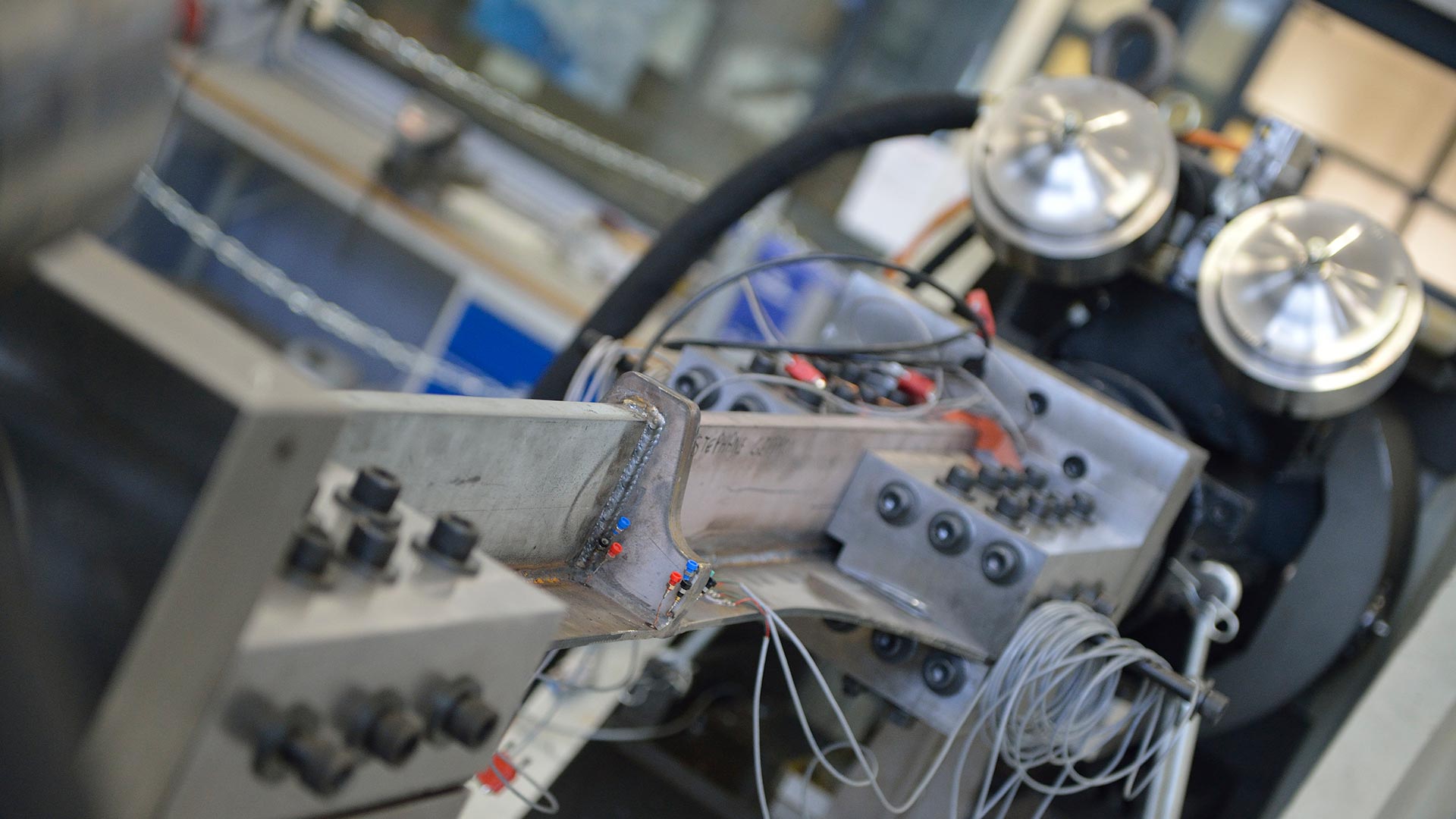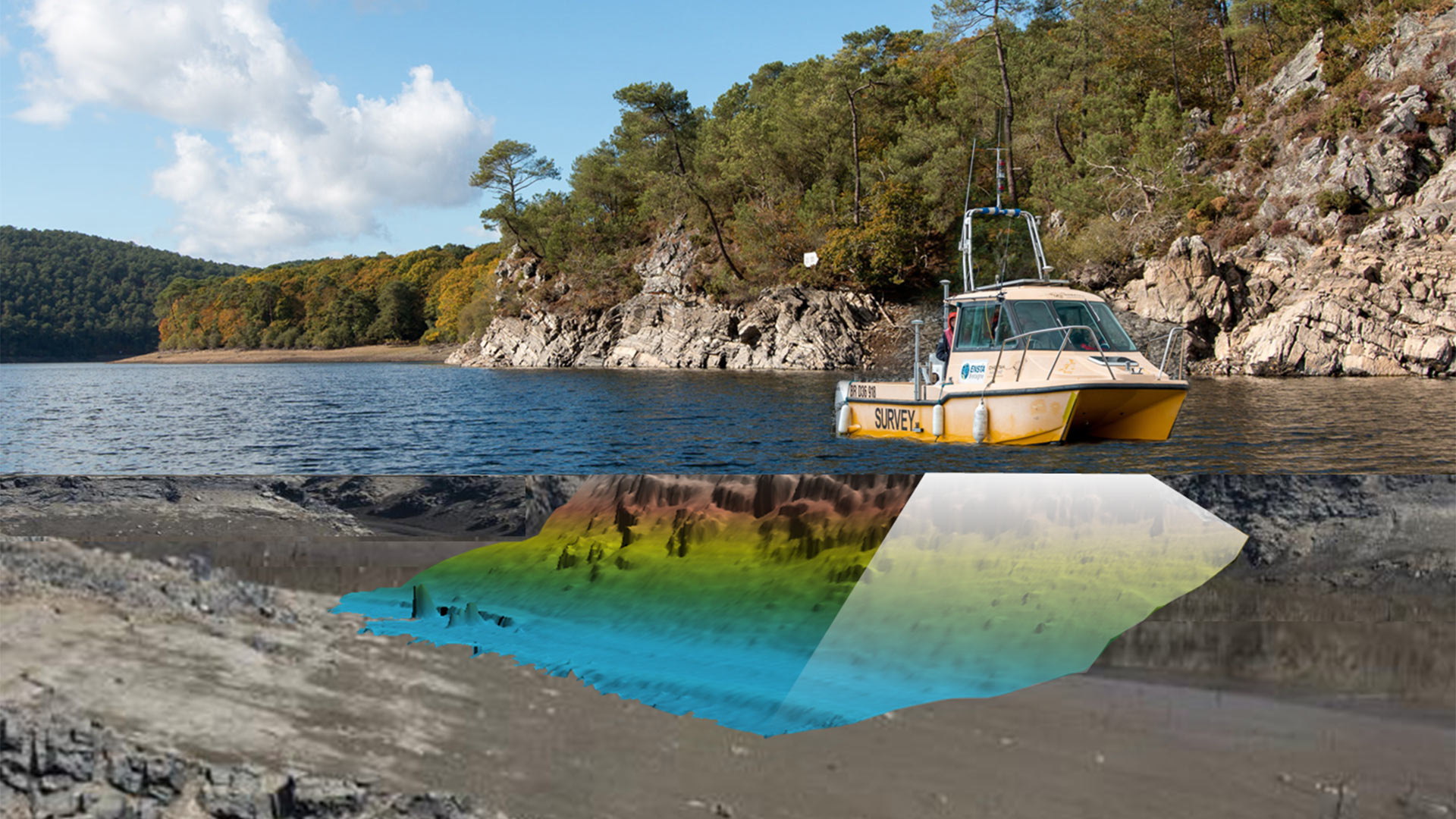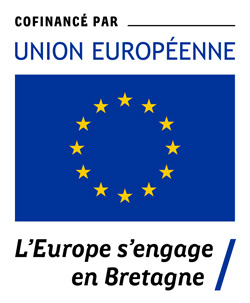
Every year our research facilities make significant advances and allow researchers to meet strategic challenges in the fields of ship design, cyberdefense, marine observation, etc.
Housed in a 2,000m2 research space, the MASMECA technology platform is equipped to perform multi-scale characterization of all types of materials, assemblies and structures. It works in partnership with the IRDL lab and Naval Group's Gustave Zédé lab.
- Dynamic characterization (high loading-speed testing)
- Thermomechanic characterization (controlled-environment mechanical condition testing)
- Physico-chemical characterization (evaluating the effects of microstructure on materials’ mechanical behavior)
- Measurements and observations
- Prototyping
The ECO-SYS-MER project, led by IRDL (ENSTA Bretagne, UBS, UBO, ENIB and CNRS) and funded by CPER 2015–2020, aims to improve and test the reliability of mechanical systems in the marine environment, working on a scale ranging from materials to systems.
The project has received €3,130K of new equipment and experimental facilities, with €2,075K of this amount invested at ENSTA Bretagne.
Recent acquisitions:
- Scanning electron microscope
- X-ray diffractometer and equipment associated with this observation method
- Kite sail piloting system
- TriboIndenter
- Internal pressure loading system for traction/compression loading machine
- Liquid nitrogen dispensing system
- Potentiostat for corrosion testing
- Fluid flow tracking device for high-speed camera
- Command system for actuator test bench
- etc...
ENSTA Bretagne has extensive on-campus experimental facilities dedicated to ICST, including:
- Anechoic chamber
- Software Defined Radio platform
- Drone systems and robotics area
- Test tank
- Hydrographic vehicles
- Robotics area
As a member of Brittany's Pôle d'Excellence Cyber, ENSTA Bretagne carries out research in fields ranging from antennas and analog channels to threat analysis through formal risk assessment.
The school has benefited from €2M of CPER-funded acquisitions and, in the context of the Cyber SSI Project, has already acquired a calculator, a supervisory control and data acquisition system (SCADA) and a radio frequency bench.
Autonomous underwater robots have proven their ability to consistently make high-quality and Sprecise measurements and observations in marine environments.
This project aims to expand their potential by replacing a single large autonomous underwater robot with a swarm of multi-environment robots (air, land and underwater).
CPER has approved an €865K budget for the purchase of components to assemble this robot flotilla, allowing ENSTA Bretagne to acquire surface drones, autonomous underwater microrobots, acoustic sensors, a mobile command center, small air drones, etc.
This project aims to develop a high-frequency data acquisition system able to characterize the marine environment under various conditions.
Additional equipment for building this system, including up/down converters and broadband antennas, have been added to existing experimental equipment.
The goal of the I-ROMI project is to create a research and experimentation platform to optimize marine observation systems, aiming for higher-quality measurements; less costly, more robust and adaptable observatories; less intrusive observation structures and protocols; and more user interaction.
In particular, the project will study the development of innovative and efficient passive acoustic observatories to monitor underwater ambient noise produced by geology, fauna and human activity.
Recent acquisitions include portable hydrophones and a calculation server.




Pyrotechnic impacts
Anticipating and limiting the effects of explosions and underwater activities



























